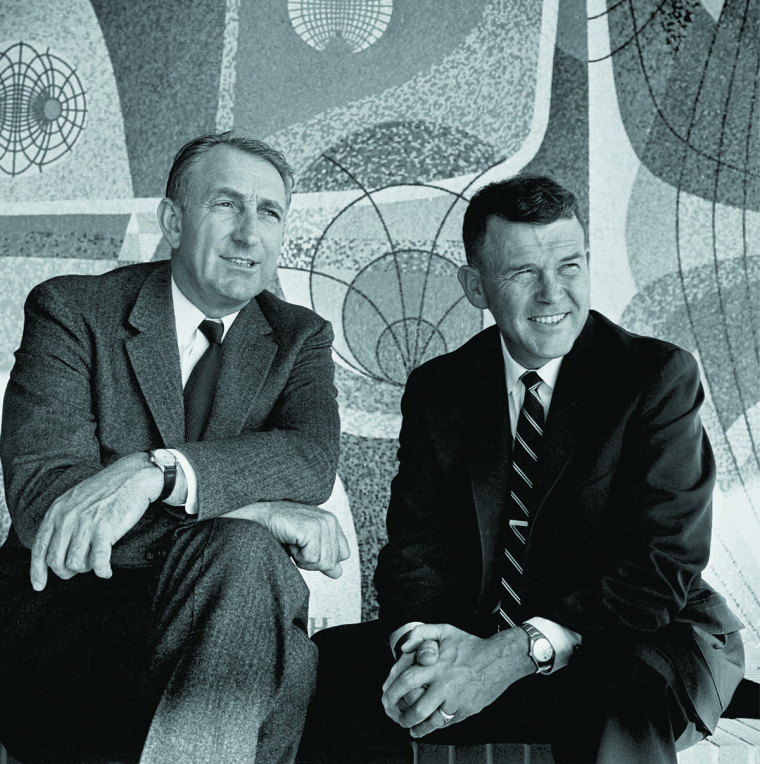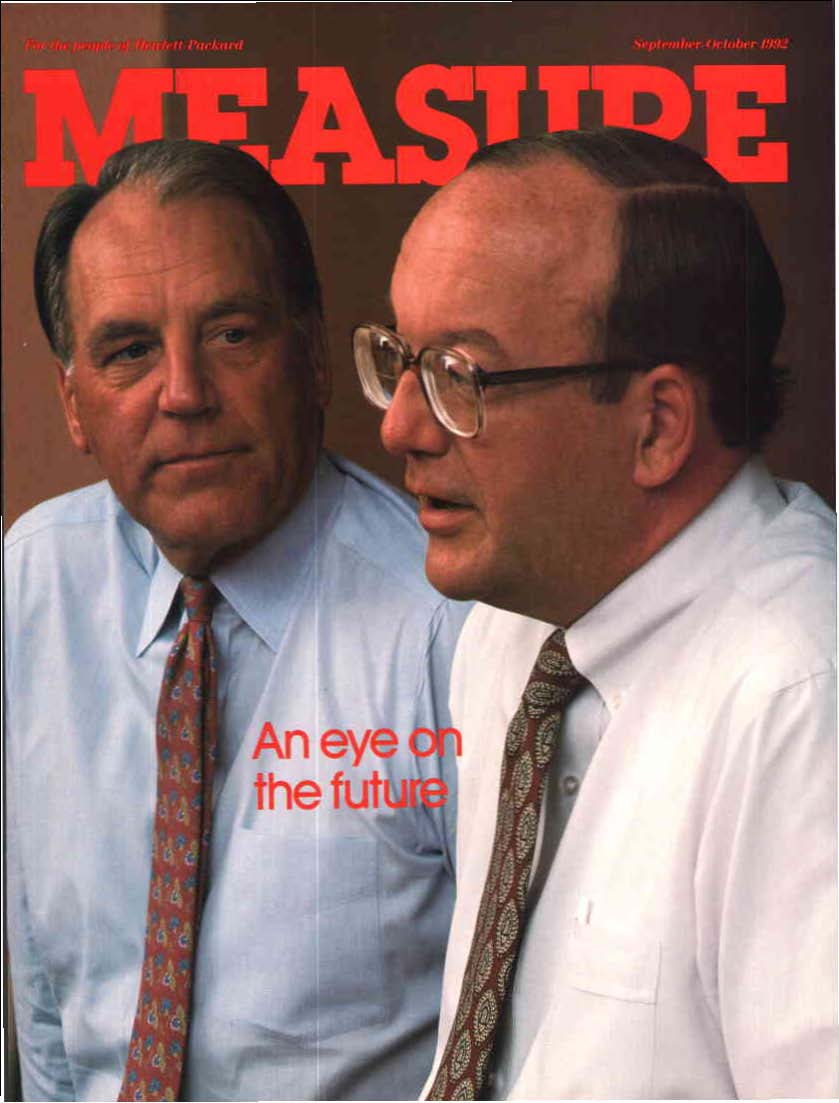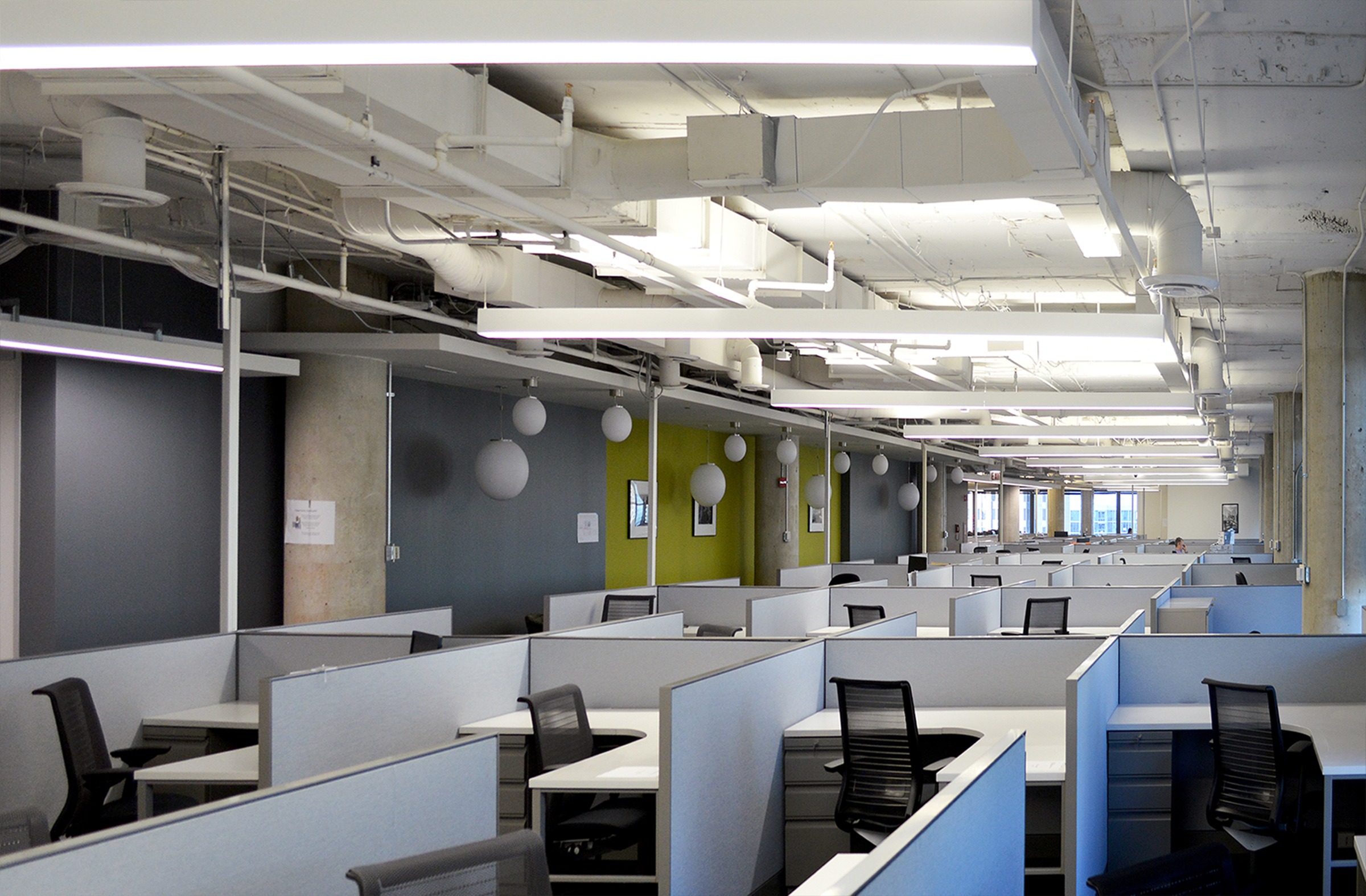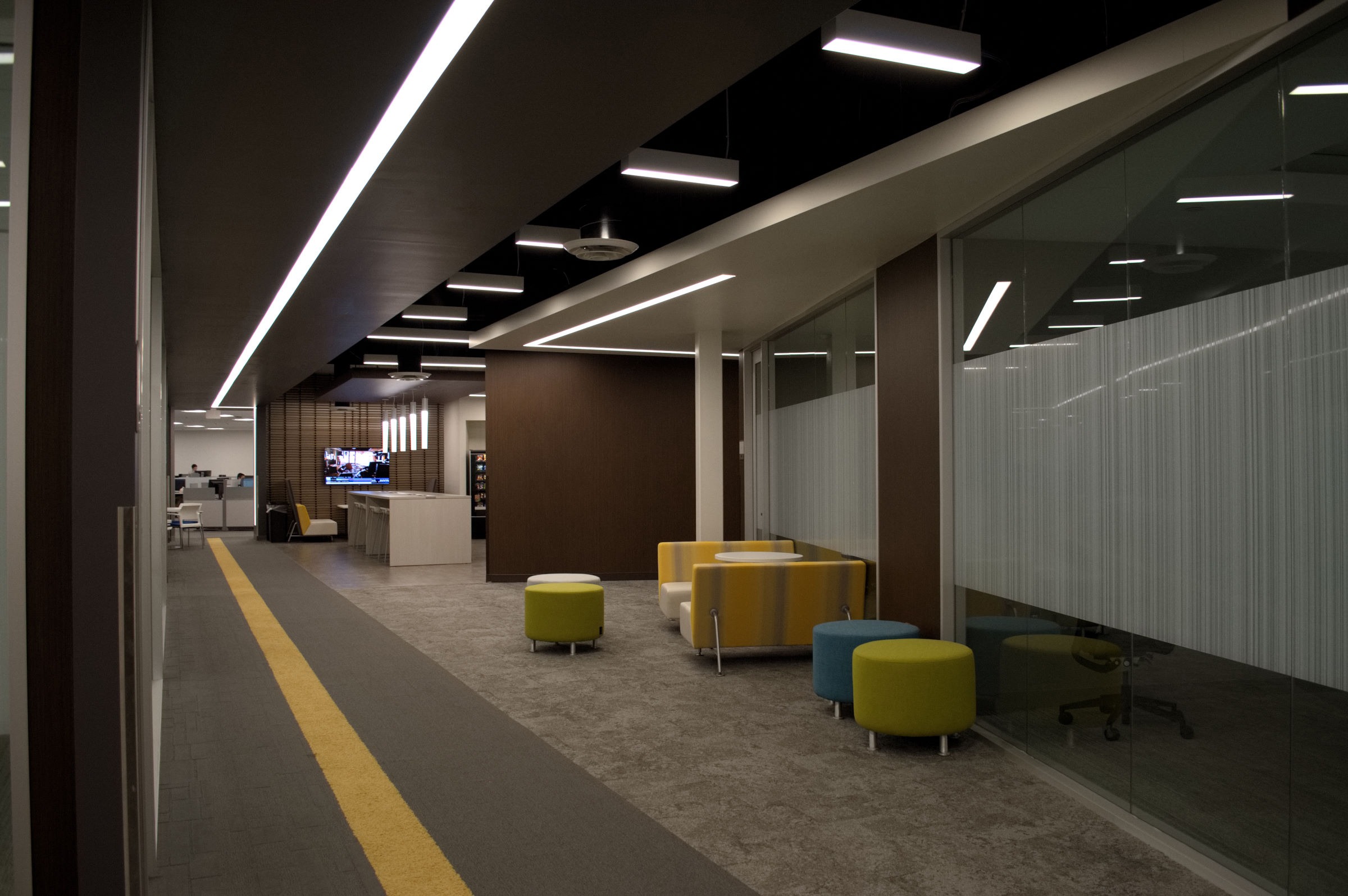Soon after Meg Whitman joined Hewlett-Packard as chief executive officer in 2011, she had the executive parking lot—its perimeter lined with barbed wire—torn down. She felt no one employee was above another, and that began with an equal struggle for parking in the mornings.
The parking barrier was a physical representation of the disconnection that had grown between leadership and employees. Whitman knew extreme measures had to be taken to rectify employee morale. She got rid of executive offices and moved everyone into low-paneled cubicles. There would be no more special treatment for anyone, no matter how high a title someone held.
“Symbolism is important,” Whitman said. “I learned that in politics.”

The legacy of Hewlett-Packard and its offshoots have been renowned for effectively managing its employee relations since its opening in 1939. With founders Bill Hewlett and David Packard defining the “HP Way” as an employee-centered work culture, Hewlett-Packard focuses its efforts on employee efficiency, comfort, satisfaction and work-life balance.
“We feel our objectives can best be achieved by people who understand and support them and who are allowed flexibility in working toward common goals in ways that they help determine are best for their operations and their organization,” Packard wrote in “The HP Way.”
A timeline of Hewlett-Packard’s management philosophy would reveal parallels in the successful adaptation of workplace architecture and leadership. Former Hewlett-Packard CEO John A. Young (1978-1992) was in leadership when Chicago Design Network first began work for the technology giant in 1985. Hewlett-Packard’s average employee population was aging, and the company was looking for ways to appeal to younger generations.
Following Young was former Hewlett-Packard CEO Lewis Platt (1992-1999).
“Lew was a believer in the power of the worker, like many before him” Chicago Design Network Principal David McCarty said. “He’d always say something like, ‘give the worker the tools and space they need, and they will produce.’”
Both Young and Platt were known as down-to-earth, low-key engineers. They put faith in Hewlett-Packard employees and the way they preferred to work. With the help of Cornell University Professor Franklin Becker, Platt and the Hewlett-Packard team created the “Next Generation Workplace” in 1999. With employees travelling majority of the week, Platt wanted the office to be open and relaxed. The redesign created a simplified way to come into the office and use a variety of spaces as needed.

Photo by Jack Carroll
“We developed this ‘Next Generation Workplace’ at a time that it should’ve been impossible to do,” then Hewlett-Packard project manager Thomas O’Connor said. “Majority of the spaces were non-assigned, but the offices still had a traditional look and feel with cubicles, offices, quiet rooms, conference rooms and community spaces.”
Platt retired in 1999, and the Hewlett-Packard board named Carleton (Carly) Fiorina as the president and chief executive officer. As CEO, Fiorina’s primary objectives were separating Hewlett-Packard and Agilent and unifying the rest of the company’s many divisions.
“They all had everything—their own profit-and-loss, their own marketing, their own HR, their own finance, their own databases, their own web pages, their own training, their own sales force, their own everything,” Fiorina said. “We were a thousand tribes.”
Fiorina restructured 83 independent product units into six businesses “to cut costs and make it easier for customers,” according to the Chicago Tribune.
From 1999 to 2001, Chicago Design Network managed the split and redesign of over 100 sites. The open-office interior faded under Fiorina. While Young and Platt fit under the engineering-background mold Bill and Dave had created, Hewlett-Packard’s focus shifted after its split with Agilent Technologies. The company shifted its focus from engineering to computers, and with that came a shift in goals. The objective became high volume and low margins versus the original low volume and high margins, according to O’Connor.
“Bill and Dave’s culture was low paneled walls and no assigned offices,” O’Connor said. “All the executives were on the floor. Carly changed the landscape to have ‘off limits’ areas and private offices with executives in separate wings. In many ways, I think she wanted to create her own culture there.”
Hewlett-Packard announced its historical merger with Compaq in 2001. Internally, Fiorina was having difficulties being accepted by Hewlett-Packards employees. Some even blamed her for the destruction of Hewlett-Packard’s work culture, especially after the acquisition of Compaq. After the merger, Hewlett-Packard laid off nearly 30,000 workers to cut costs.
“Carly decided, in order to cut costs, that all company facilities would reduce space by 20 percent,” McCarty said.

Hewlett-Packard’s space-reduction mandate projects were completed shortly after Fiorina’s departure in 2005. Following Fiorina was former Hewlett-Packard CEO Mark Hurd (2005-2010), then Léo Apotheker (2010-2011). When former Hewlett-Packard CEO Meg Whitman (2011-2015) started with the company, she wanted to see the “HP Way” revived.
“It’s back to Bill and Dave’s culture,” Whitman said.
As one of the nation’s most prominent female executives, Whitman wanted employees to feel more connected and come back into the office. Under Whitman, Hewlett-Packard’s layout reverted to open office with enough workspace for all employees. Although Whitman succeeded in reviving workplace culture, Hewlett-Packard’s growth was still struggling. In order to save the company, she decided to split it into two separate entities.
In 2015, Hewlett-Packard made history by finalizing its split with the unveiling of Hewlett Packard Enterprise (HPE), whose focus is technological consulting. HP Incorporated (HP) continues to focus on the production and sale of computers and printers. Immediately following the split, Whitman was made CEO of HPE, and Dion Weisler (2015-2019) became CEO of HP. (Find more information on the split here).

In 2016, Chicago Design Network reimagined Hewlett-Packard’s Andover facility in support of HPE’s shift away from products and towards service consultation. The existing warehouse and repair spaces were converted into office and data lab spaces. What originally served as a large, closed-off storage space was transformed into a fresh, free-flowing environment that encourages staff to collaborate and engage in conversation.
By designing the spaces based off employee function, the environments provide far greater flexibility for different work styles and workspace needs. Workflow is often based on management style. While some business units prefer scheduling specific meeting times and locations in the office to ensure the exchange of high-level information, others may prefer more organic workflows. Overall, HPE’s Andover office provides for a more engaged and focused workforce. Employees are happy to come into the office to learn, share and add value to the company’s bottom line.
“Our Andover facility encourages collaboration and teamwork,” Hewlett Packard Enterprise Senior Project Manager Josh Bauer said. “The space really expresses HPE’s vision of being committed to all aspects of service—something Antonio Neri has emphasized as CEO. It’s very comfortable and elegant, and the local workforce loves it.”
In 2018, Whitman was succeeded by Antonio Neri (2018-present) as CEO of HPE. Neri still serves as the company’s chief executive today. HP announced Weisler would be stepping down and returning home to Australia effective November 2019 due to a family health matter. Weisler was succeeded by Enrique Lores (2019-present) as CEO of HP.
From Hewlett-Packard to all its spin-offs, the technology conglomerate has managed to adapt to the everchanging business landscape. Through different generational preferences, economic cycles and political landscapes, Bill and Dave’s endeavor is still alive and well.
View Hewlett Packard Enterprise Chicago project here. View Hewlett Packard Enterprise Andover project here.

